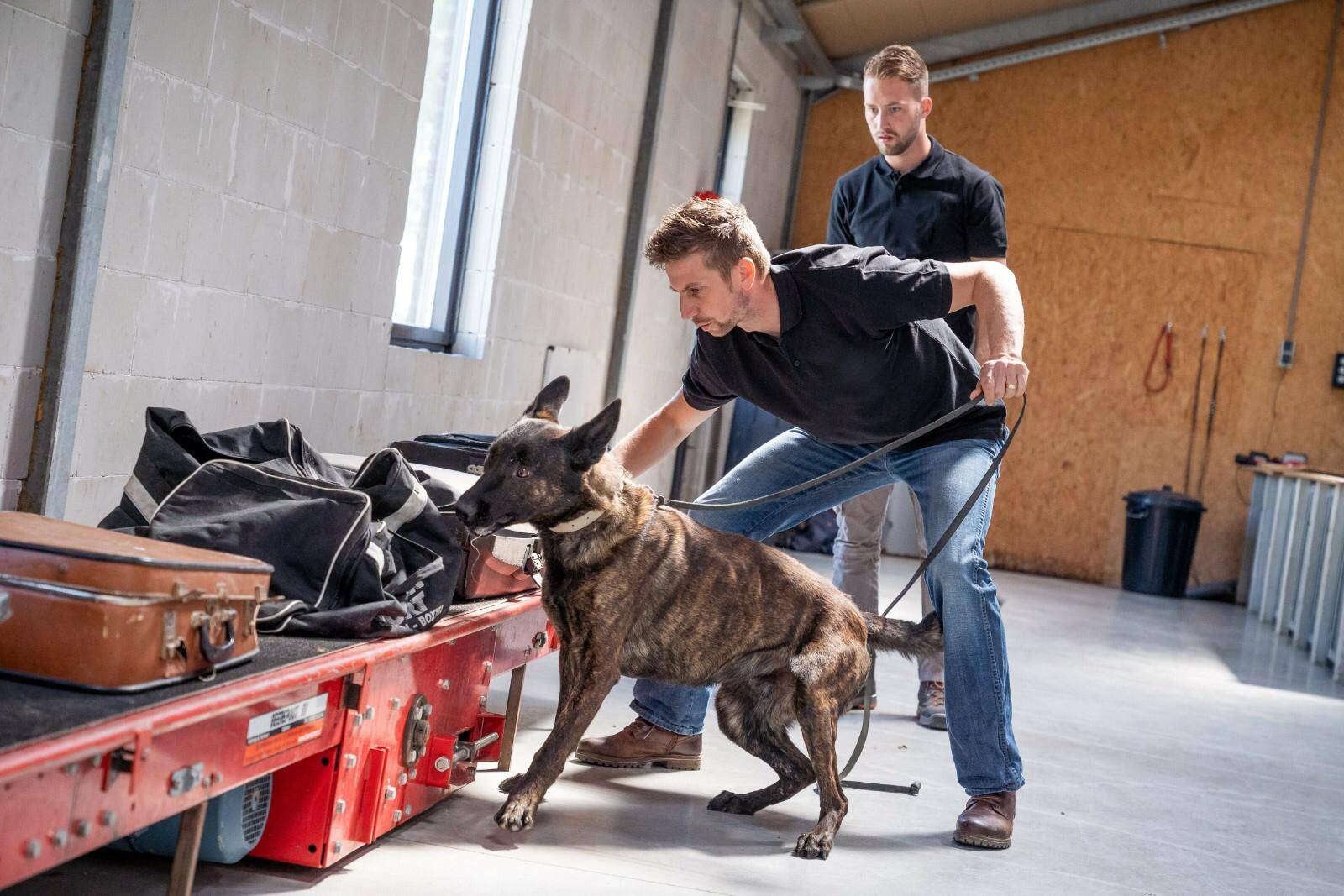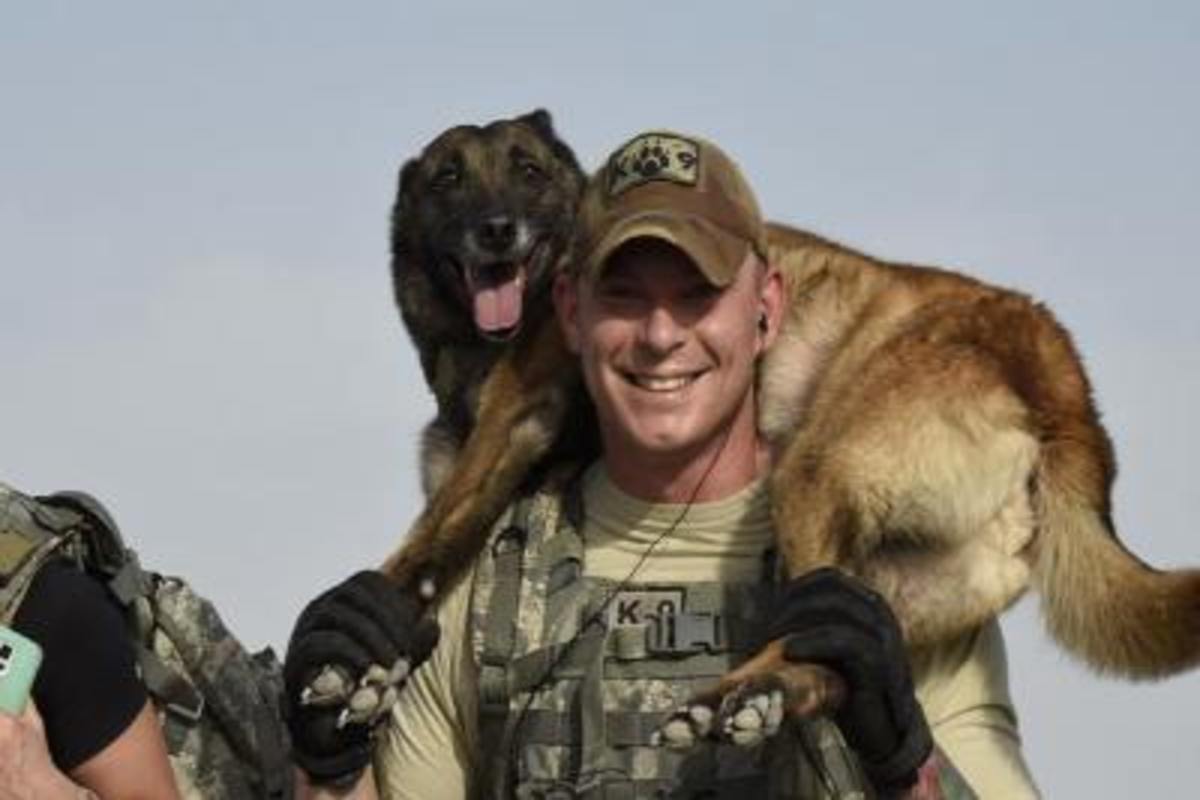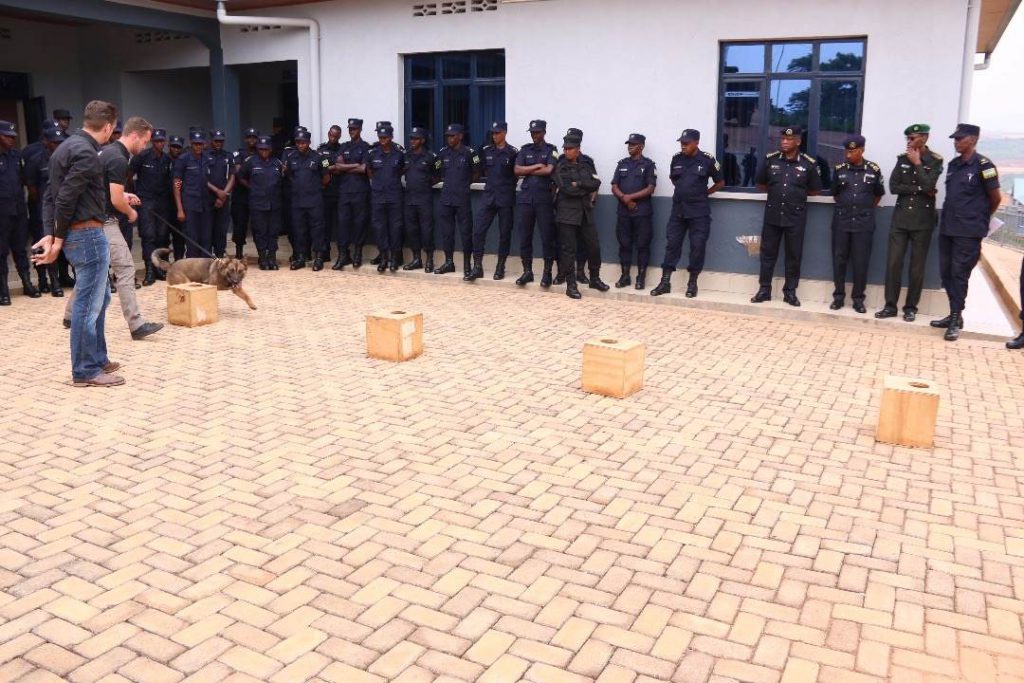Explosive detection dog handler training
In a world where safety and security are paramount, explosive detection dogs (EDD) and their handlers are essential components in preventing potential threats. These highly trained canines and their handlers work together to detect explosives, ensuring that both public and private spaces remain safe. But the process of becoming an explosive detection dog handler is rigorous, requiring in-depth training, patience, and a deep understanding of canine behavior and security protocols.
In this article, we will explore everything you need to know about explosive detection dog handler training, the role of these specialized teams in various sectors, the techniques used to train both dogs and handlers, and the challenges faced during the process.
K10 Workindogs provides explosive detection dog handler training for larger groups in the Netherlands and on request in your country. All courses will be given by experienced trainers.

1. What is Explosive Detection Dog Handler Training?
Explosive detection dog handler training is the process of preparing both a dog and a handler to work together in detecting explosives. This partnership is crucial in various sectors such as airports, government buildings, military zones, and large public gatherings where the risk of explosives can be high.
These dogs are trained to recognize the scent of different types of explosives, while the handler is trained to interpret the dog’s behavior and effectively manage the search operation.
The training for explosive detection dogs focuses on their ability to detect even minute traces of explosives, while handlers are trained to understand and respond to the signals given by the dog.
The partnership between the dog and handler is critical, as successful detection depends on the handler’s ability to read the dog’s cues and act quickly to secure the area.
2. The Importance of Canine Scent Detection
A dog’s sense of smell is one of its most powerful tools, with the ability to detect substances at concentrations as low as parts per trillion.
This makes them invaluable in explosive detection. During explosive detection dog handler training, the dog is trained to detect various types of explosives, including TNT, C-4, dynamite, ammonium nitrate, and more.
The training process usually begins by introducing the dog to the scents of different explosive materials. Through positive reinforcement techniques, the dog learns to associate these scents with rewards, such as treats or playtime.
This method ensures that the dog is motivated and engaged throughout the training process.
3. The Role of the Handler
While the dog’s ability to detect explosives is essential, the handler plays an equally critical role.
Handlers must learn how to communicate effectively with their dog and interpret its behavior.
This involves understanding the subtleties of the dog’s body language, which may include changes in breathing, posture, or tail movements.
In explosive detection dog handler training, handlers are taught to guide the dog through various search environments, which can range from open fields to crowded buildings or vehicles.
Handlers must also be proficient in safety protocols, ensuring that they can manage situations where explosives may be present without putting themselves or others at risk.
Effective communication between the dog and handler is key to successful detection. This requires extensive practice, as the handler must develop a deep bond with the dog, allowing them to work seamlessly together in high-pressure situations.
4. Phases of Explosive Detection Dog Handler Training
Explosive detection dog handler training can be broken down into several phases, each designed to build the skills and confidence of both the dog and the handler. These phases include:
4.1. Basic Obedience Training
Before a dog can begin its specialized explosive detection training, it must first undergo basic obedience training. This ensures that the dog can follow commands such as sit, stay, and come. It also helps establish a foundation of trust and communication between the dog and the handler.
4.2. Scent Recognition
Once basic obedience has been established, the next phase focuses on scent recognition. The dog is trained to recognize the specific scents of explosives. This is done by introducing the dog to a variety of explosive materials and rewarding it for identifying the correct scent. Over time, the dog learns to differentiate between harmless scents and those associated with explosives.
4.3. Controlled Search Environments
In this phase, both the dog and handler are introduced to more complex search environments. This could include vehicles, luggage, buildings, or outdoor spaces. The dog is trained to search systematically, while the handler learns how to guide the dog through the search area effectively.
4.4. Real-World Scenarios
As the final stage of training, the team is placed in simulated real-world situations. These scenarios mimic the types of environments they might encounter in the field, such as airports, crowded public events, or military bases. The dog must detect hidden explosives while the handler manages the situation, including communication with security personnel and other team members.
5. Challenges Faced During Explosive Detection Dog Handler Training
Training an explosive detection dog handler is not without its challenges. One of the biggest hurdles is ensuring that both the dog and the handler can maintain focus and effectiveness in high-stress situations. Dogs may become distracted by environmental factors such as loud noises or unfamiliar surroundings, while handlers must remain calm and composed under pressure.
Another challenge is ensuring the ongoing proficiency of the team. Even after completing their initial training, explosive detection dogs and their handlers must regularly practice to maintain their skills. This includes participating in routine drills and staying updated on new explosive materials that may be used by criminals or terrorists.
6. Real-World Applications of Explosive Detection Dog Teams
Explosive detection dog teams are used in a variety of settings, including:
6.1. Airports and Transportation Hubs

With millions of passengers passing through airports and other transportation hubs daily, these locations are prime targets for terrorist attacks. Explosive detection dogs are deployed to screen luggage, cargo, and passengers for potential threats, ensuring that these high-traffic areas remain secure.
6.2. Military Operations
In military settings, explosive detection dogs are often used to locate improvised explosive devices (IEDs) or other hidden explosives on the battlefield. These dogs can save lives by identifying threats before they detonate, giving military personnel time to neutralize the danger.

6.3. Large Public Events
Concerts, sports events, and other large public gatherings can also be targets for attacks. Explosive detection dog teams are employed to search the venue before and during the event, ensuring that no explosives are present. These teams provide an extra layer of security that helps keep attendees safe.
6.4. Government Buildings and Embassies
Government buildings and embassies are often high-priority targets for attacks. Explosive detection dogs are used to regularly sweep these facilities, ensuring that they remain secure and free from potential threats.
Certification
Success will lead to certification. Handler certificates are delivered after completing the explosive detection dog course.
Interested in our handler course ? Contact us via our website or just give us a call !

